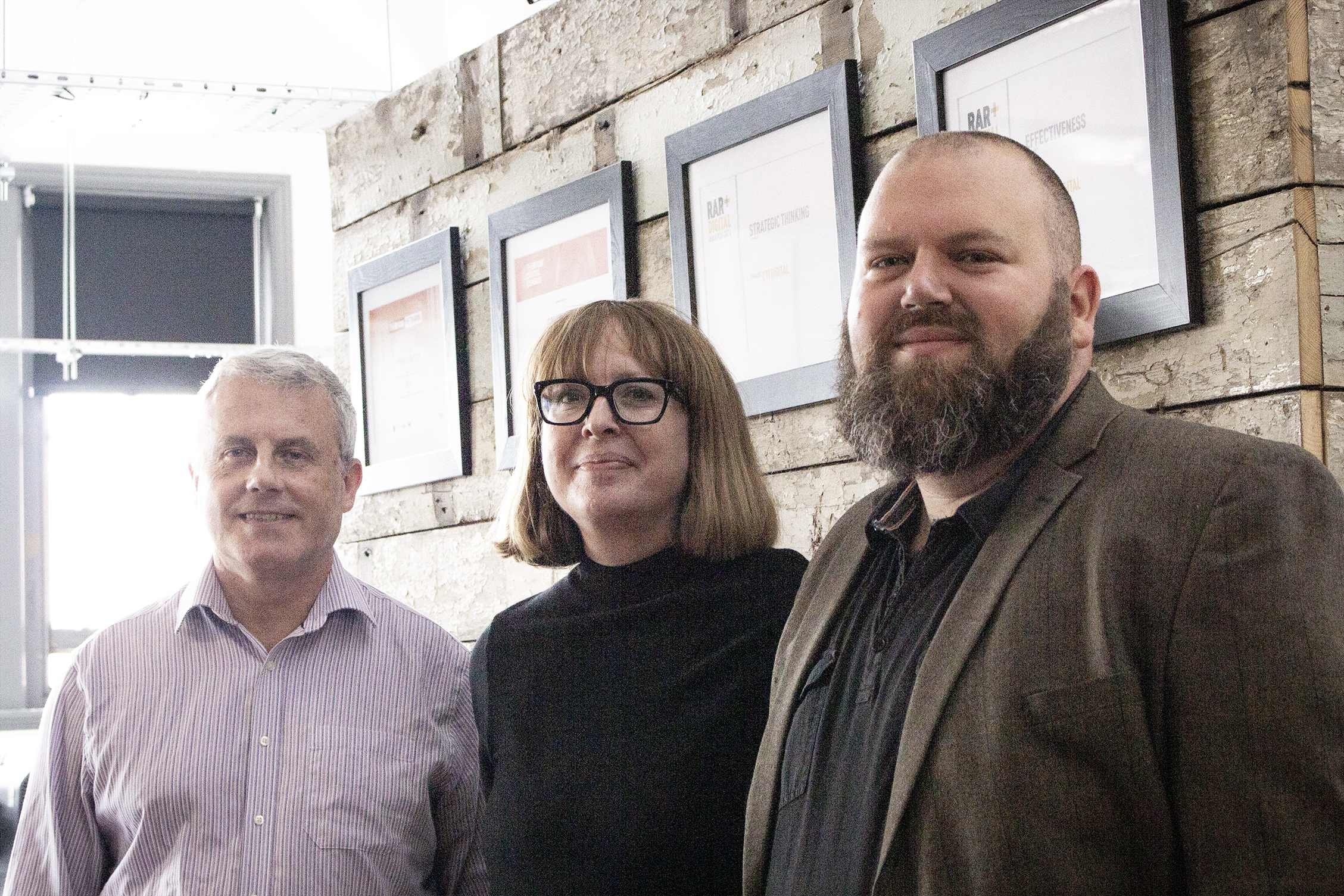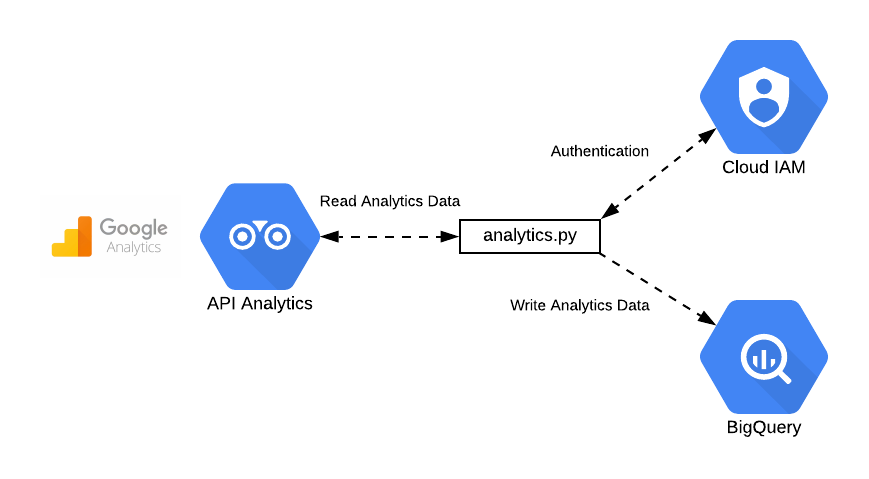
Information services have permeated society and commerce, with data centres playing a vital role in supporting business applications and protecting companies’ most precious asset — data. Although data centres can safely store essential information, they are nevertheless physical structures that can be damaged by events such as natural disasters or deliberate attacks. To prevent large scale damage to their communication networks, companies can choose to spread their data over multiple data centres. Here Marcin Bala, CTO at telecommunications networks specialist Salumanus Ltd, explains the benefits of using DWDM to connect multiple data centres.
In 2020, the global information services spending on PCs, mobile phones, data centre systems, and communications services reached 3.7 trillion U.S. dollars and is expected to increase by approximately eight per cent to around 4 trillion U.S. dollars in 2021, according to Statista. Similarly, European data centres attracted approximatively £23.5 billion worth of investment in the first half of 2020, despite the impact of COVID-19, according to The Knight Frank Data Centre Report. This is an impressive increase from only $2 billion investment volumes in 2019, with companies such as Amazon, Facebook and Google expanding their hubs.
As the size and number of companies choosing to host their information in data centres grows, the demand for stronger capabilities and higher bandwidth increases too. Data centres need to be equipped to respond to the connectivity requirements of a small enterprise but also those of a multinational company. They also need to be interconnected geographically to avoid external threats on customers’ networks in one place and increase their backup capabilities. Using Dense Wavelength Division Multiplexing (DWDM) technology, data centres can virtually multiply their existing fibre backbone infrastructures, meet their customers’ demand for bandwidth and interconnect over large distances, while avoiding security-related concerns.
The DWDM revolution
Traditionally, companies would use Coarse Wave Division Multiplexing (CWDM), which can support up to 18 wavelength channels transmitted through a single optical fibre at the same time, with a distance of 20 nanometres between the central wavelength of each channel. The large distance between channels prevents them from being amplified, which means CWDM can only connect data centres that are up to 70 kilometres apart. The low number of channels also compromises the speed of data transmission to around 10 Gigabit Ethernet and 16Gb Fibre Channel.
Unlike CWDM, DWDM connections can be amplified using an optical amplifier, and therefore can be used for transmitting data at a much longer distance, even a few thousand kilometres. DWDM is capable of supporting anywhere between 40 and 160 separate wavelengths. To support 48 channels for a 100GHz grid, there is a 0,8 nanometres spacing, while the spacing to obtain 96 channels for a 50 GHz grid is 0,4 nanometres. This means that enormous amounts of data can be transmitted over a single fibre, with each channel at a speed of 400 Gbps and 64 channels per fibre pair. Because the networks are carried on distinct wavelengths, the channels do not interfere with each other, meaning they can use different data formats and be transmitted at different data rates. This feature is essential for maintaining data integrity and ensuring any security-related partitioning in cases where there are multiple tenants in the same data centre.
Due to its more precise lasers, DWDM technology is a more appropriate solution for telecommunications companies for large capacity data transport and connectivity over long distances. It is also useful for densely populated data centres, especially hyperscale cloud service providers or colocation providers for their densely multi-tenanted spaces.
Data Centre Interconnect
Data Centre Interconnect (DCI) is a technology that connects two or more data centres together over short, medium and long distances with the use of packet-optical connection.
Part of an effective data centre interconnect strategy can be the use of muxponders. For example, the PL-4000M Muxponder from PacketLight offered by Salumanus delivers 400G capacity over a single wavelength in a 1U chassis, using 400G pluggable CFP2-DCO modules for coherent metro and long-haul applications. It can support high speed applications with 25/100/400Gb Ethernet and 16/32G Fibre Channel. To respond to security concerns, the product comes with embedded Layer-1 GCM-AES-256 optical encryption using elliptic curve Diffie-Hellman key exchange.
However, if you need to connect data centres located even further apart a more suitable option is using QSFP+/QSFP28 ports. By installing a transportation solution directly in such devices, you can eliminate additional hardware and significantly lower the costs of implementation and network maintenance.
The QSFP28 DWDM solution relies on advanced pulse-amplitude modulation, thus providing the capacity of up to 4 TB/s on one fibre and facilitating the connection of data centres that are up to 120 km apart. A great advantage of this solution is the fact that the modules are installed directly in network devices and their signal is transferred directly onto multiplexers.
The entire solution will require the right multiplexers, optical amplifiers and chromatic dispersion compensators. The good news is that it is a one-time investment made at the stage of launching the first 100 Gbps transmission. To start another 39 channels of 100 Gbps transmission, data centre managers just need to use the right transceivers.
The case of connecting data centres has been analysed by ACG Research experts. Their research shows that depending on the required bandwidth and the costs of fibre lease, the application of QSFP28 DWDM transceivers installed directly in network devices allows users to save 58-67 per cent on the total cost of ownership, in comparison to the use of dedicated transportation solutions in data centres situated at a distance of up to 80 km.
Not only does a QSFP+/QSFP28 port reduce the total transport solution costs, as it takes up minimal rack space, but it also lowers the power consumption per transmitted bit. This makes it ideal for connecting data centres over large distances, while maintaining sustainable installation and deployment.
Although it has been less than 20 years since the DWDM technology first hit the market, it managed to revolutionise telecommunications and the abilities of data centres. With the demand for more secure and effective data centres, DWDM technology responds to the very needs of businesses. Higher speeds, more channel capacity and longer distances, makes DWDM the technology of choice for modern enterprises.
To learn more about the solutions offered by Salumanus, visit www.salumanus.co.uk.







